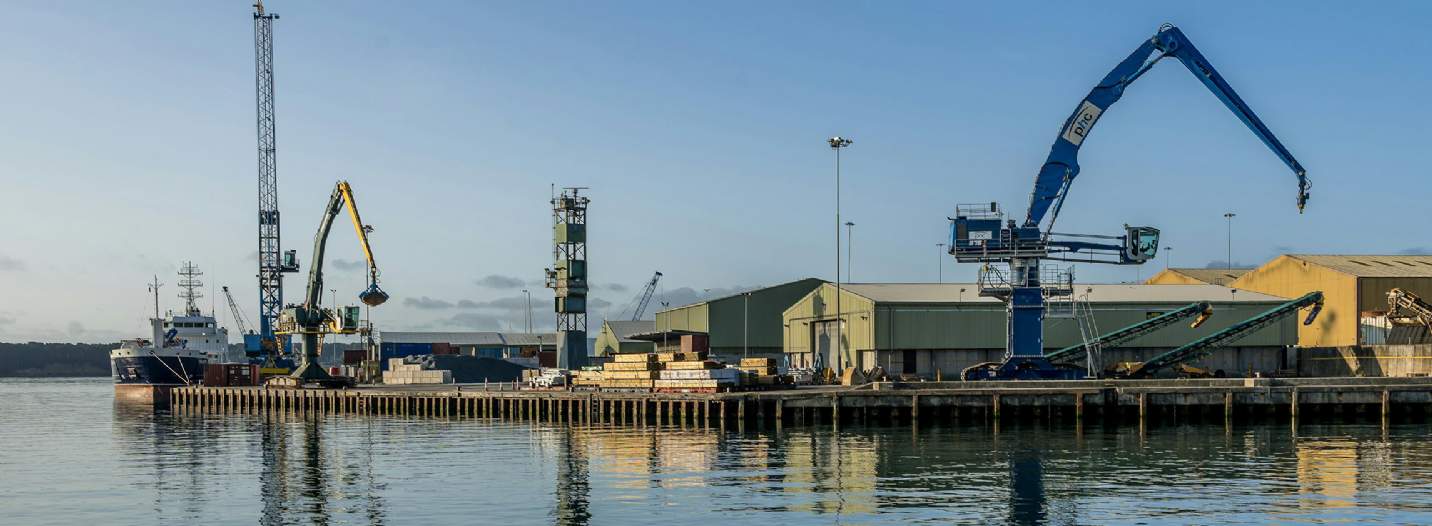2024 will be a turning point for the UK commercial property investment market, with higher turnover than 2023 and selective prime yield hardening
All change?
2024 will be a notable year for the commercial property investment market, with investment volumes likely to be up year on year (following two years of falls), and some selective hardening in prime yields to come.
Most of our optimism about the future comes from the expectation that the UK base rate will start to fall in the second half of this year, and that two years out, it will be 200 bps lower than it is today. This alone will trigger some opportunistic buying in 2024 as investors try to buy at the absolute nadir of this cycle to maximise their returns.
The other driver of our optimistic view of the future is the arguably more sustainable story around the occupational markets. 2023 saw prime rents rise in all of the UK's major office markets, and both prime and average rents rose in most logistics markets. Low levels of development starts in 2023 and 2024 will put downward pressure on vacancy rates in all sectors, including retail, and this will in turn deliver rental growth.
As we move into 2025, we expect that where there is a combination of a credible story around rental growth and a more optimistic outlook for the exit yield, then more investors other than the purely opportunistic will return to the market. That more widespread return of confidence and depth of demand will be the trigger for the kind of yield recovery that we have seen in previous cycles.
Politics and monetary policy likely to be more benign for property
We recently released our UK cross-sector forecasts, which is one of the few moments in the year when we compare potential performance across commercial, residential and rural property sectors. Unsurprisingly, there were some common themes around politics and monetary policy this year, and an overall feeling that both were likely to be more positive for land and property markets in 2024/25 than they were in 2021–2023.
The hierarchy of returns did not change much from last year, with late cycle growth areas of the housing market outperforming London and the South East, and in the commercial property world, the segments with the better income returns outperforming those that are more dependent on capital value growth.
The overall average total returns on offer are expected to be more in line with the long-run MSCI averages of 8–10% per annum than they have been in recent years, but we do need to be realistic that some investors will choose to re-weight some of their portfolios towards cash and bonds now that the returns on offer from both of these are more attractive than they have been for more than a decade.
We also highlighted that the opportunities to outperform these averages are increasing, whether by playing the cycle or capitalising on the rising global demand for assets that either have a lower carbon impact or that can help offset emissions in other areas.
Traditionally, the best returns have come from development, and we expect that this will be the case over the next five years. However, until exit yields start to recover, construction price growth eases and borrowing costs reduce, speculative development of all sorts will be hard to justify. The development cycle will restart when these stars begin to align from early 2025.
While we are optimistic that the base rate in the UK has peaked, and also that it will start to fall this year, there will be a hangover from 2021/22’s surge in borrowing costs. In the retail property market, this will be felt in terms of the more mortgage-dependent parts of the country having constraints on their discretionary spend.
More generally, commercial property landlords will have to deal with a pick-up in tenant failures, as some businesses turn out to be unable to meet their debt obligations. As the chart shows, Q4 2023 saw 6,788 corporate insolvencies, only very slightly lower than the historic peak of 6,964 that was reached in 2008. Given that the very long-term average is for 3,721 failures per quarter, the scale of the current challenge is significant.
We do expect to see a degree of lender forbearance for businesses that are struggling, but as is always the case, the hangover from sharp upward movements in borrowing costs can extend well into the recovery.
To further discuss the latest insights, contact the UK Investment or Commercial Research team via the Authors panel
